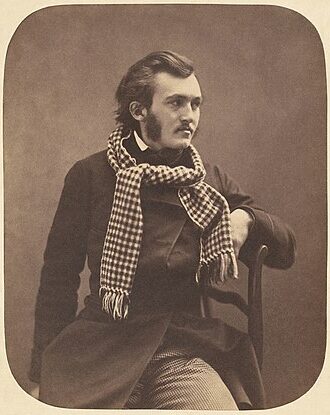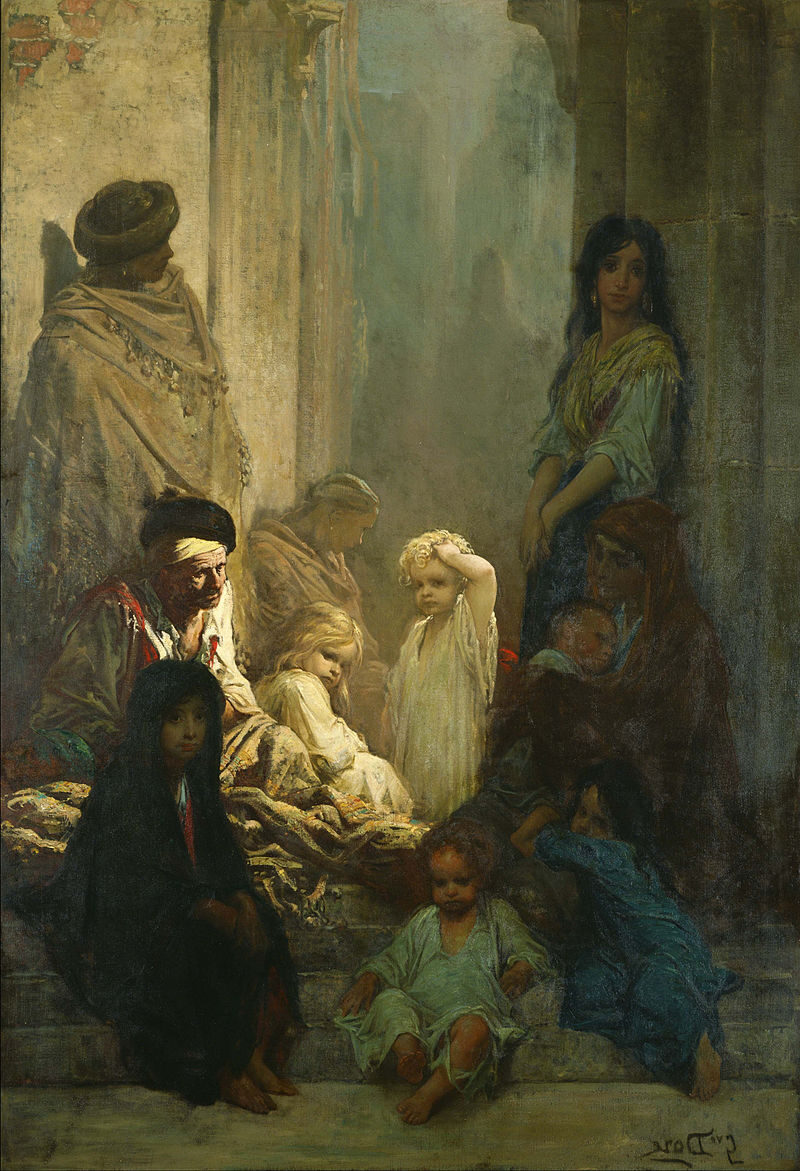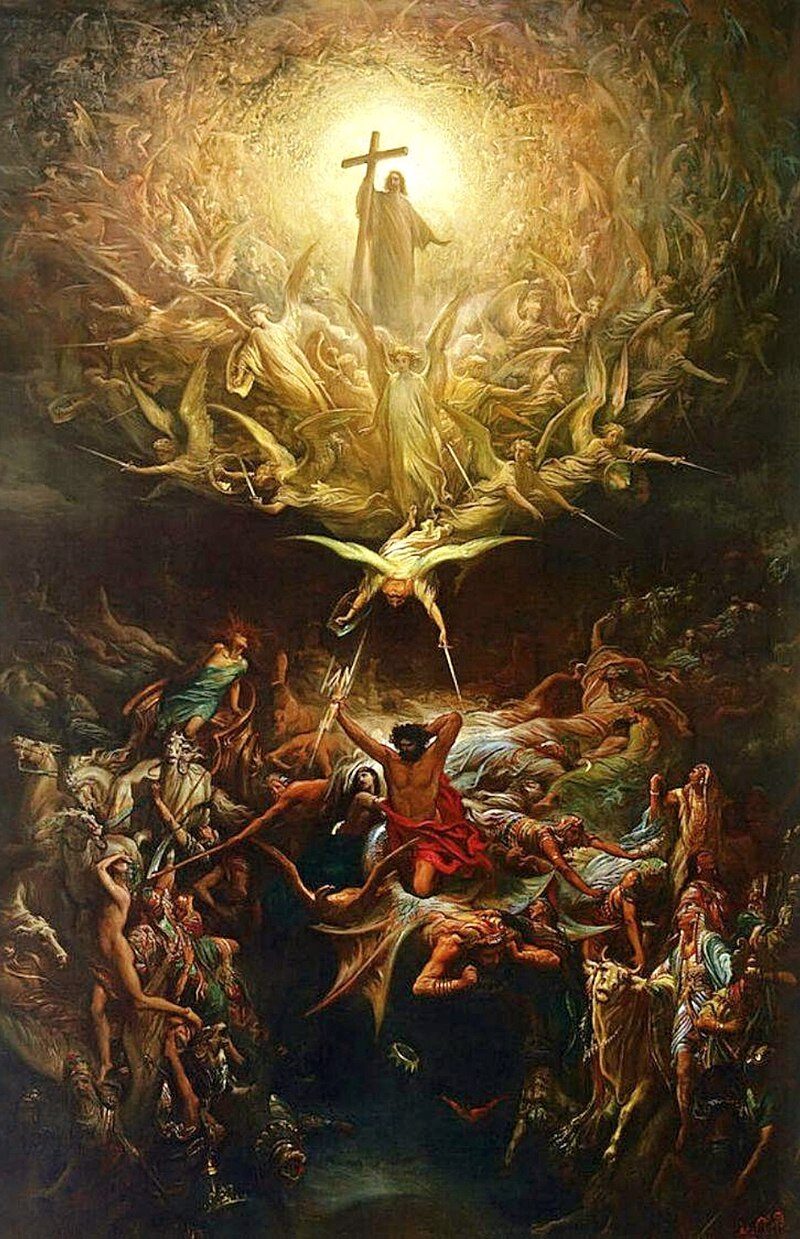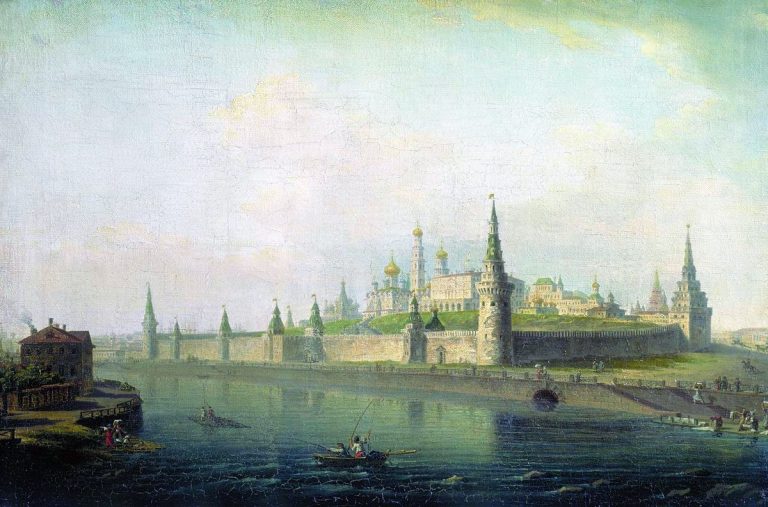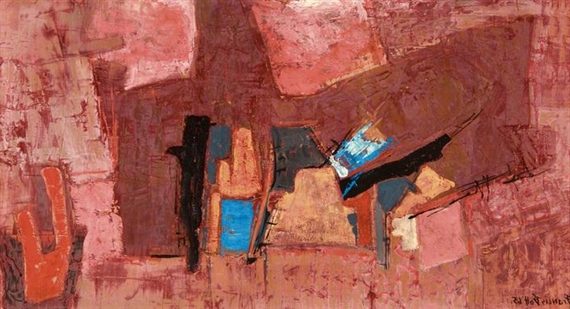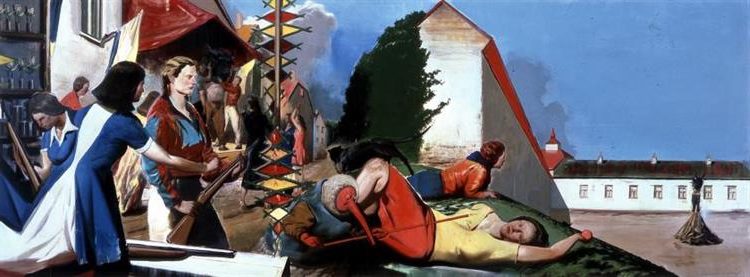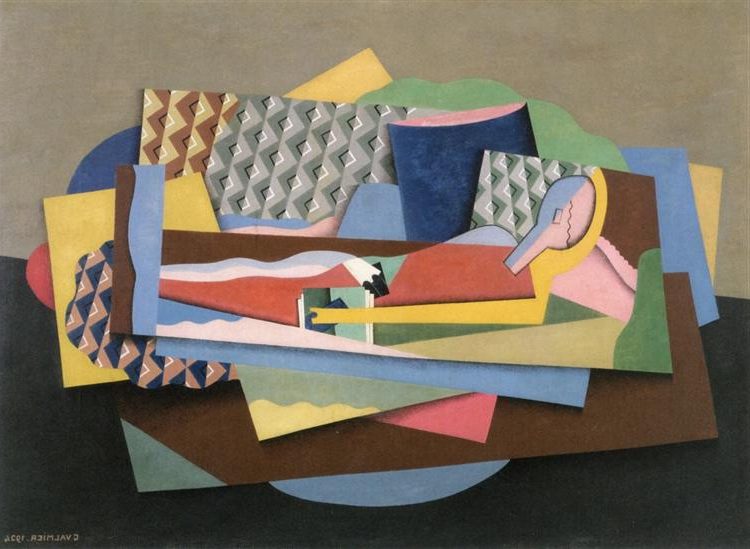Gustave Doré Art: Exploring Masterpieces of Illustration
Born: 6 January 1832 Strasbourg, France
Death: 23 January 1883 Paris, France
Art Movement: Romanticism
Nationality: French
Influenced By: J. J. Grandville
Gustave Doré Art: Exploring Masterpieces of Illustration
Gustave Doré: The Artist and His Impact
Gustave Doré, a French artist, is renowned for his vast contributions to various artistic mediums. His influence spans engraving, illustration, painting, and sculpture, leaving a mark on Romanticism’s history. His legacy continues to inspire artists and art lovers.
Biographical Sketch
Paul Gustave Louis Christophe Doré was born on January 6, 1832, in Strasbourg, France. He showed a remarkable talent for art from an early age, mastering various forms such as illustration, engraving, and painting. Known for his work ethic, Doré created over 100,000 sketches during his lifetime.
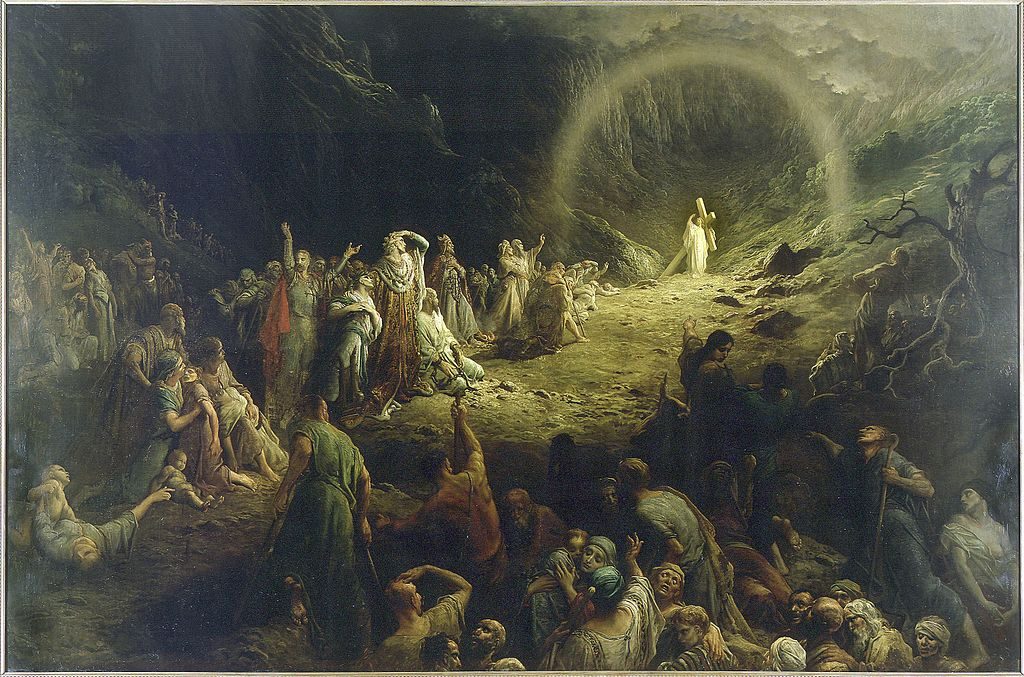
The Valley of Tears (1883) by Gustave Doré
He moved to Paris in 1847, where he produced numerous lithographic caricatures and illustrations, boosting his career. Despite living only 50 years, his accomplishments were immense and have had a long-lasting impact.
Artistic Style and Influence
Doré’s artistic style is characterized by dramatic and detailed images, which often illustrated classic literature such as Dante’s Divine Comedy and Cervantes’ Don Quixote. His engravings and illustrations brought stories to life, impacting both literary and visual art worlds.
His works often featured intricate details and dynamic compositions, creating a sense of movement and emotion. Doré’s talent for capturing scenes vividly has influenced many artists and filmmakers, setting a high standard for storytelling through art. His works were not confined to one style, embracing elements from various art periods and combining them innovatively.
Contributions to Romanticism
Doré was an essential figure in the Romanticism movement, where emotion and individualism were celebrated in art. His illustrations reflected the Romantic ideals, emphasizing dramatic themes and expressive characters.


Doré’s work in literature and religious texts, such as his illustrations for the Vulgate Bible, showcased his ability to convey deep emotion and complex narratives. His skill in wood and steel engraving pushed the boundaries of Romantic art, allowing for more emotional depth and complexity.
Doré captured the imagination of his audience, making significant contributions to the artistic movement of the 19th century.
Masterpieces and Major Works
Gustave Doré was a master engraver and illustrator known for his vivid imagination and artistic skill. His work in illustrations for major literary classics showcases his ability to bring stories to life, while his singular artworks highlight his versatility. His influence extended to prominent galleries and exhibitions, where his pieces captivated audiences
Doré’s Illustrations
Doré’s illustrations stand out for their intricate details and dramatic scenes. Among his notable works are the illustrations for Dante’s Divine Comedy. These illustrations are renowned for their powerful depiction of Inferno, Purgatorio, and Paradiso.
Doré also lent his artistic talents to Don Quixote, providing definitive illustrations that have influenced various adaptations. Another striking work is his interpretation of The Raven by Edgar Allan Poe, capturing the poem’s haunting atmosphere.
Additionally, London: A Pilgrimage revealed the bustling life of Victorian London through his expressive engravings.
His work on the Vulgate Bible further cemented his reputation, as he illustrated biblical stories with a unique blend of realism and fantasy.
Singular Artworks
Doré’s artistry extended beyond illustrations to include standalone pieces that captured themes of light and darkness, and the power of imagination.

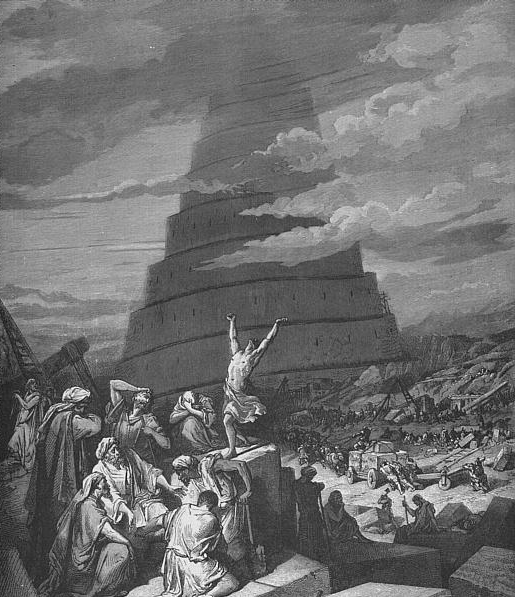
In The Vision of Death, he explored complex themes evident in his stunning depictions of the sublime and the grotesque.
His exploration of legendary tales is well illustrated in Les Travaux d’Hercule, where he created art prints reflecting the strength and struggles of Hercules. His iconic artwork for Paradise Lost added depth to Milton’s epic story, while his rendition of Rime of the Ancient Mariner brought Coleridge’s poem to life with vivid imagery.
He was truly a master of imagination, creating artworks that resonate with viewers, encouraging them to ponder deeper meanings.
Doré Gallery and Exhibitions
Doré’s influence can be seen in numerous exhibitions worldwide where his art has been displayed. His extensive body of work has often graced the walls of major galleries, drawing art enthusiasts and collectors alike.
Art galleries often featured his art prints, highlighting his versatility and skill. These exhibitions provided a platform to showcase his ability to convey emotions through detailed engravings and paintings.
Each exhibition highlighted different facets of his career, from his detailed literary illustrations to his lesser-known personal artworks.
Innovations in Print and Illustration

The Christian Martyrs (1871) by Gustave Doré
Gustave Doré was a visionary in the realm of visual arts, especially in the fields of engraving and illustration. He played a significant role in the evolution of print media, paving the way for modern comics and caricatures.
The Evolution of Engraving
Engraving, a traditional form of printmaking, saw significant advancements during Doré’s time. His detailed engravings, especially in works like Dante’s Divine Comedy, showcased a level of artistry that was unmatched.
This medium allowed for intricate designs, which were crucial for illustrating complex narratives and themes. Doré mastered the use of light and shadow to create depth, transforming flat images into dynamic scenes that captivated viewers. His work often elevated the texts they were designed to accompany, adding a visual dimension that enhanced storytelling.
Advancements in Wood-Engraving
Wood-engraving, distinct from traditional engraving, involves carving into the end-grain of wood blocks, allowing for greater detail and precision.
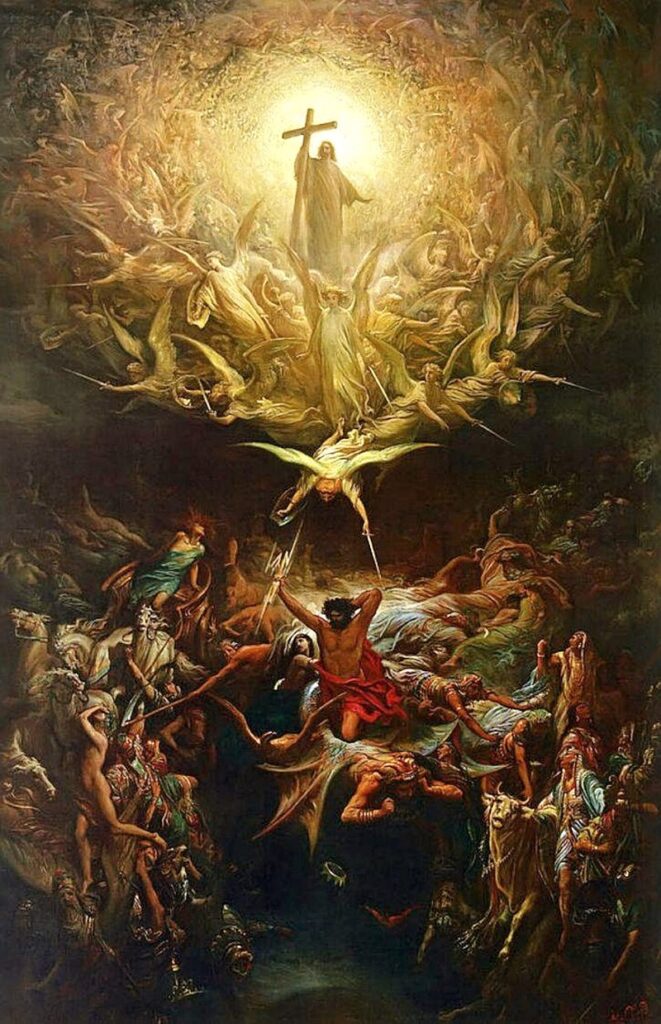
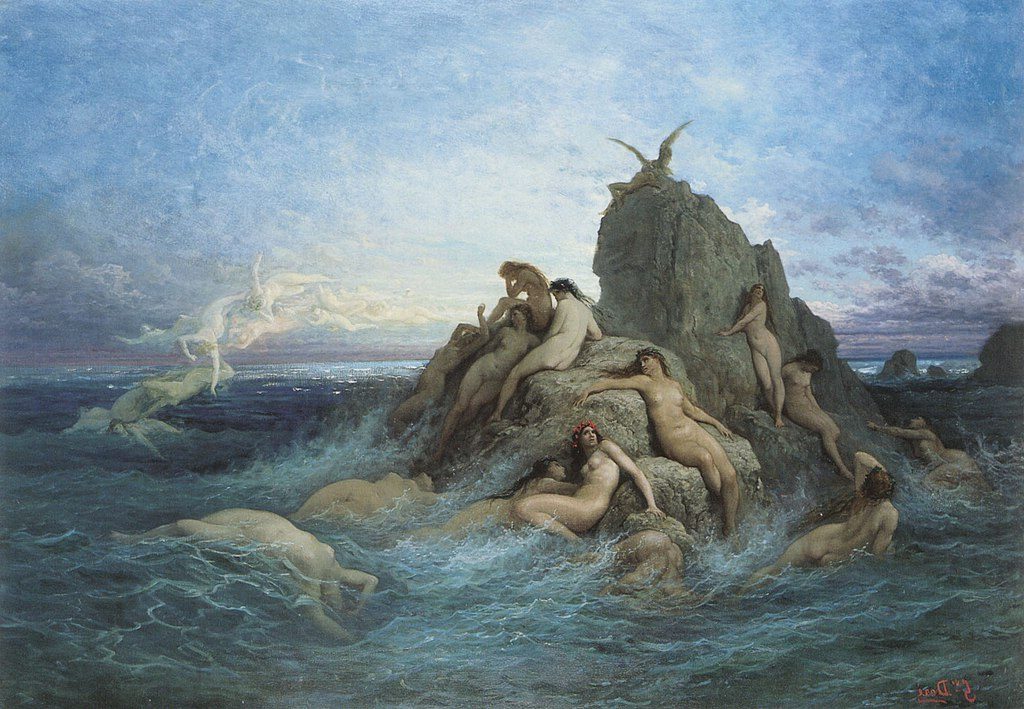
Doré’s proficiency in wood-engraving set new standards for the art form. This technique was particularly popular for book illustrations due to its durability and ability to produce fine details.
Doré’s wood-engravings became iconic for their intricate lines and emotional intensity. They were used widely in publications, spreading his influence far and wide. Whether illustrating the Bible or classic novels, his engravings brought stories to vivid life, making literature more accessible and engaging.
Doré’s Influence on Comics and Caricatures
Gustave Doré also left his mark on early comics and caricatures, particularly through his contributions to Le Journal Pour Rire. His ability to capture humor and human folly with a critical eye set a precedent for many artists.
These works combined narrative and visual wit, paving the way for modern comic art. His style, characterized by expressive characters and dynamic compositions, influenced many illustrators and cartoonists who followed.
Doré’s pioneering spirit in this medium helped bridge traditional illustration with emerging formats, contributing significantly to the development of visual storytelling in popular media.
Literary Collaborations and Inspirations
Gustave Doré was renowned for his extraordinary ability to blend visual art with classic literature. His imaginative illustrations breathed new life into legendary texts and interacted with celebrated literary figures.

Landscape in Scotland (ca. 1878) by Gustave Doré
Reimagining Classic Literature
Doré’s artistic flair illuminated many classic works, making them accessible and appealing to a wider audience. His illustrations for Dante Alighieri’s Divine Comedy showcased his skill in depicting the complex and otherworldly nature of the epic poem. These images conveyed the dramatic and poetic journey through Hell, Purgatory, and Heaven.
Similarly, Doré brought John Milton’s Paradise Lost to life, capturing its grandeur and emotional depth. His depiction of Milton’s universe added a visual dimension that enriched the reader’s experience.
Doré’s work on Gargantua et Pantagruel and Puss in Boots also demonstrated his capability to blend humor and fantasy, making these tales visually engaging. These projects solidified his reputation as a master who could turn literary classics into unforgettable visual sagas.
Interactions with Literary Giants
Doré’s connection with literary figures was significant. His illustrations for Edgar Allan Poe’s eerie tales provided a new perspective on the macabre and mysterious. By visualizing Poe’s dark and haunting themes, Doré helped to enhance the gothic atmosphere of the stories.
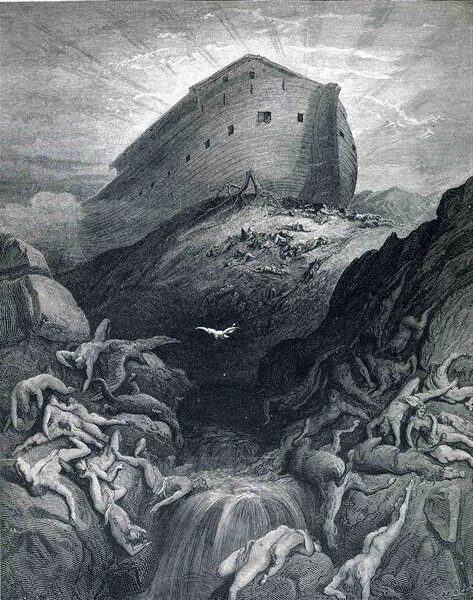
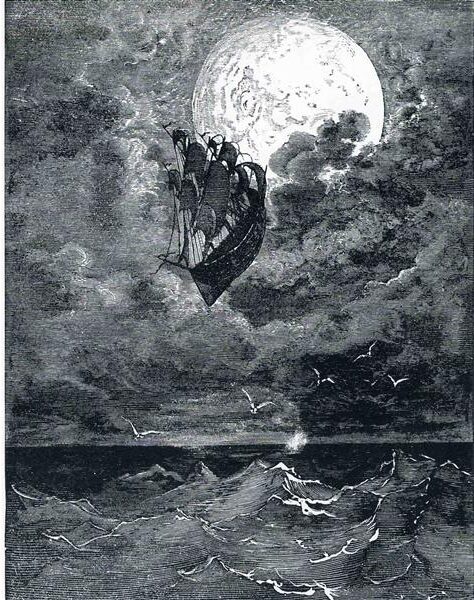
His artistic endeavors with Lord Byron’s works, though less extensive, were notable, capturing the romantic and melancholic essence that Byron was famous for.
Doré’s ability to interpret and interact with the literary ideas of these giants underscored his profound influence on both art and literature.
Through these collaborations, Doré cemented his status as a prominent figure whose visual interpretations offered fresh and powerful insights into celebrated literary texts.
Doré’s Legacy and Relevance Today
Gustave Doré’s artwork remains influential due to his imaginative style and ability to bring stories to life through detailed illustrations. His legacy continues to impact both cultural spheres and modern media through visual storytelling and adaptations.
Cultural and Artistic Impact
Gustave Doré’s influence stretches across the cultural and artistic landscape. As a master of imagination, he created worlds filled with fantasy and faith. His illustrations for classics like Dante’s Divine Comedy and Cervantes’ Don Quixote stand out as benchmarks in art history.
Doré’s work captured emotions and narratives that still speak to audiences today. Through his intricate engravings and etchings, he left a lasting mark on the Romanticism movement and beyond. His distinctive style has inspired countless artists and illustrators who continue to draw from his imaginative vision.
Continued Resonance in Modern Media
Doré’s impact extends beyond traditional art forms into modern media. Many of his themes and images find new life in books, movies, and digital platforms.
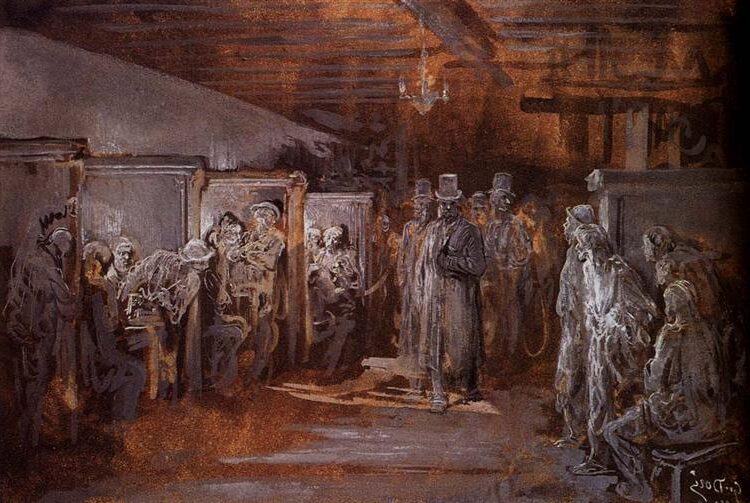
Tavern in Whitechapel (1869) by Gustave Doré
His detailed visual storytelling laid the groundwork for adaptations of literary classics. The enduring appeal of his work is evident in various mediums. From comic books to films, Doré’s artistic expressions continue to resonate, proving timeless relevance. His legacy demonstrates how visual art transcends time, influencing the narrative and artistic choices of today’s creators.
Frequently Asked Questions
Gustave Doré was known for his detailed illustrations and creative art style. His work has been featured in many famous books, and his approach was influenced by various factors.
What techniques did Gustave Doré use in his illustrations?
Gustave Doré relied heavily on wood engraving. He worked closely with a team to design illustrations, which were then engraved by skilled block-cutters. This allowed for detailed and expressive images.
In which books can we find Gustave Doré’s illustrations?
Doré’s illustrations appear in classic books like “The Divine Comedy,” “Don Quixote,” and “The Bible.” His work helped bring these stories to life, captivating readers with his imaginative imagery.
What style of art is associated with Gustave Doré’s body of work?
Doré’s art is often linked to Romanticism. He used a mix of realism and imagination, creating dramatic and emotional images that captured the essence of 19th-century Romantic art.
For which literary works is Gustave Doré most renowned?
Gustave Doré is especially known for his illustrations in “The Divine Comedy” by Dante Alighieri and “Don Quixote” by Miguel de Cervantes. His interpretations of these classics remain iconic and widely appreciated.
How can one obtain high-resolution images of Gustave Doré’s artwork?
High-resolution images of Doré’s artwork can be purchased from art print retailers like Artsy Craftsy. These prints allow art enthusiasts to enjoy the fine details of Doré’s work at home.
What influenced Gustave Doré’s approach to art?
Doré was influenced by the grand narratives of literature and his own rich imagination. His exposure to various literary works and the cultural context of his time also shaped his artistic vision.


